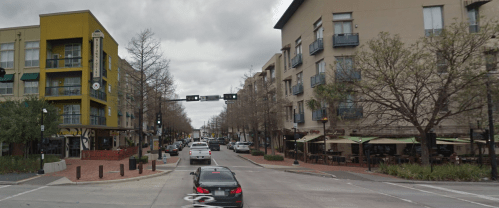Another day. Just another storm in Houston. Is this what it has come down to? Every year or so another big storm or two, another few hundreds or maybe tens of thousands of houses flooded? Are we a little more used to this than we should be? But there is no getting used to it for a great many of us.
We don’t seem to have the same ease of living on the Gulf Coast that we once had. Even small storms moving through seem to put a knot in our stomach. Who will be flooded this time? It is hard to get a good night’s rest when the atmosphere gets a little unstable.
There is a disease that seems to have infected our relationship to the land. A literal dis-ease. A lack of ease is exactly the root of the word “disease” and that meaning accurately describes where we are in relation to flood “control.” Maybe we are starting to sense that flood control is more of a fool’s errand than we would like to believe. We’ve built to one standard, the hundred-year flood, only to find out that that standard isn’t good enough anymore. Continue Reading »
 Maeslant Barrier, Netherlands. Google Earth, December 2018
Maeslant Barrier, Netherlands. Google Earth, December 2018